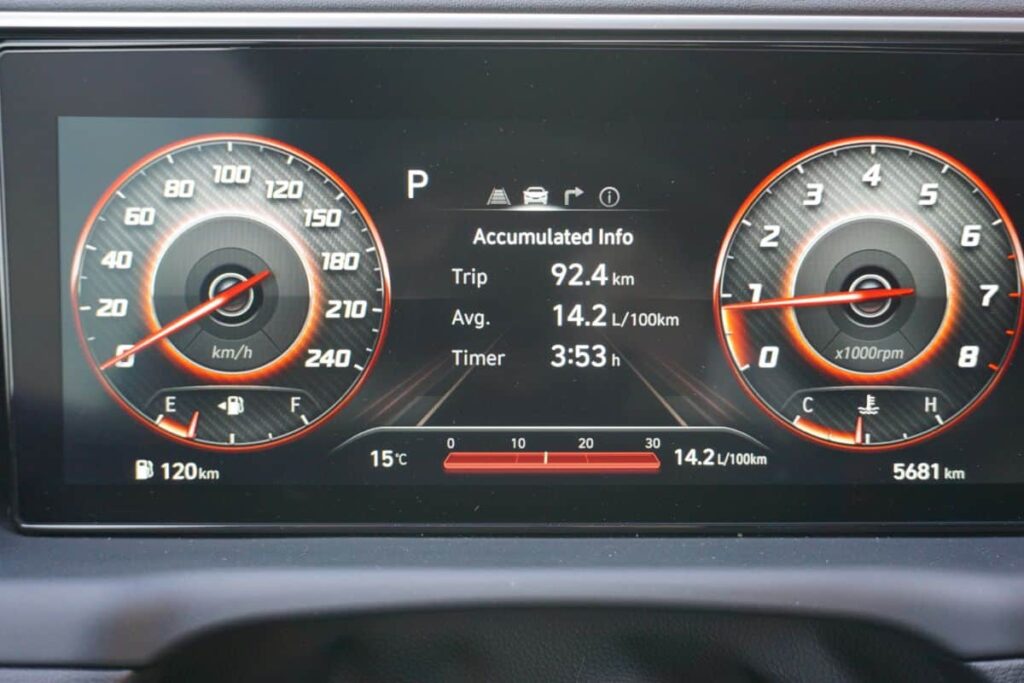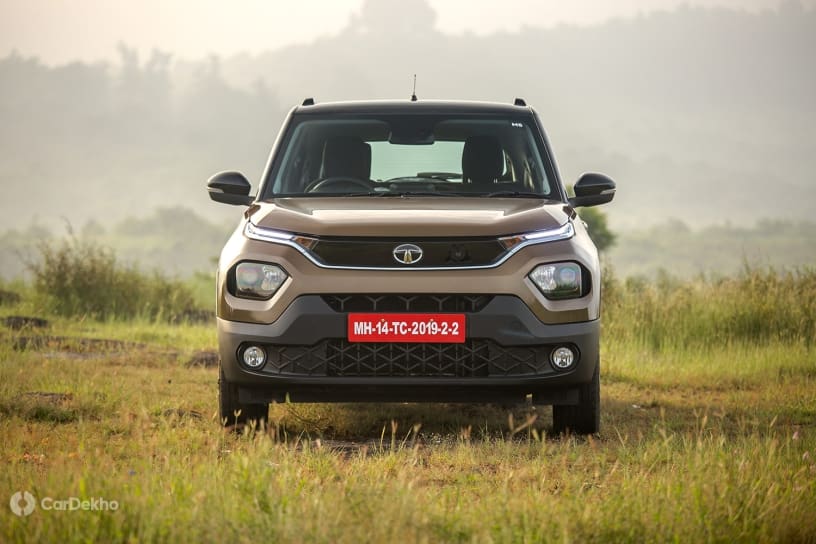m not entirely certain what role the 2017 Verna will play in Hyundai’s future. The market is shifting towards SUVs and sedans are on a slow march towards a precipice. The new Hyundai Verna is one of those cars that could bring a halt or slow that crawl even further for a brief period in time. The new Verna is a much improved car – it is after all all-new, built on a new platform called the K2.
We, and the roughly 1 million unique journalists gathered at the event, got a brief drive in the car, running it through a set of motions up and down Hyundai’s test track in Chennai. A 500m straight, hang right and back down that straight onto a skidpad. Does not sound like much and I can tell you there isn’t much to report on the new Verna. However there is a larger drive planned in the near future, and we will have more details for you, three weeks from now on the new Hyundai Verna.
Here are the three things I did evince from the Verna on that hot sunny afternoon:
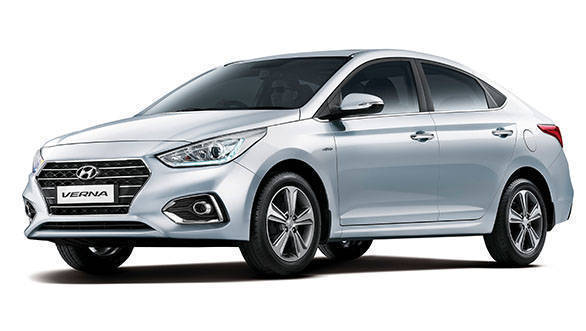
1. The steering has improved, significantly
It’s not the soulless, emotionless Harry Met Sejal-isque loosely spinning yarn. The electronically assisted steering offers a little more feedback in the Verna than before, but more importantly is tightly wound, so there is no longer that single finger control. The steering weight has increased and needs more input. Not so much that your biceps get a workout, but enough to make sure you have a safer more comfortable driving experience at urban or highway speeds.
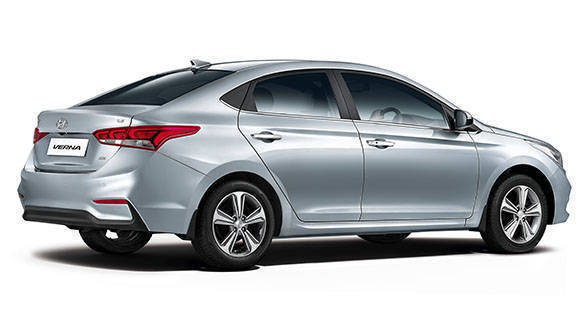
2. The ride quality has improved
With the new high strength steel chassis in the Verna, retuned suspension that uses shock absorbers and springs with higher damping and improved rebound rates, and a slightly newer design for the rear especially, the ride quality is far superior to the previous generation car. Is it going to be better than the Ciaz or the City, I can’t say. But what it should do is prevent the rear suspension especially, from sagging under heavy loads and upsetting both ride quality and dynamics.
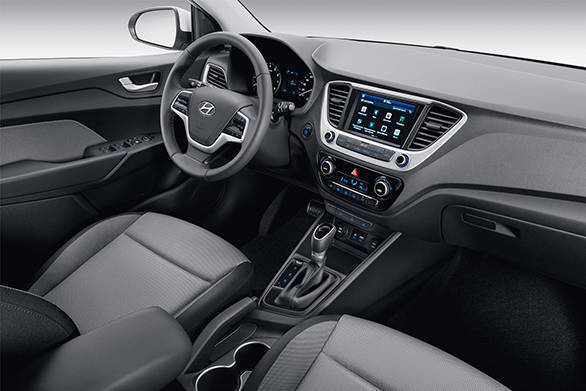
3. The 1.6-diesel engine of the Verna is much more refined
There is absolutely no in-cabin sound from the diesel engine, and Hyundai has worked very hard at isolating this cabin from any untoward noises. The engine is also more linear, the turbo less vicious and power delivery is more refined and clean.
Now I’m not a fan of the Verna, so the above three highlights aren’t to be seen as the car possessing only positives. There were some aspects that I did not like at all. The interiors are dull, quite unlike any Hyundai we have seen in recent times. Is this cost cutting or simply a lack of interest on the part of an interior design team somewhere? I’m not sure. What I do know is that it lacks the typical Hyundai flair we’ve become familiar with. It in fact looks too similar to the Hyundai Creta in form and function, with the two-tone colours and quality emulating that of the solidly built i20. Even the side profile of the car looks too familiar to the previous generation Verna. Could an all-new car have strongly departed from the previous generation car it is about to replace, I think it should have. Not that the design of the Verna isn’t good looking, but at first glance it appears to be a facelift rather than an all-new car.
For the rest of the details on what has changed, read our previous story here.
Hyundai tells us they are looking to price the new Verna under the Rs 10 lakh mark, undercutting the Honda City by a few thousand rupees. They could even surprise and bring the pricing very close to the Maruti Suzuki Ciaz, undercutting the Honda City by several thousand rupees. One camp within Hyundai certainly feels that is the way to go for the new Verna. Either way, Hyundai is looking at capturing a sizeable chunk of the market, they’re even talking about growing the market, which is extremely confident speak!
I’m not convinced, but then again, while I have seldom been proved wrong before, it’s happened. Maybe, just maybe, the Verna could be a surprise we all look at pleasantly?
Source:-overdrive

